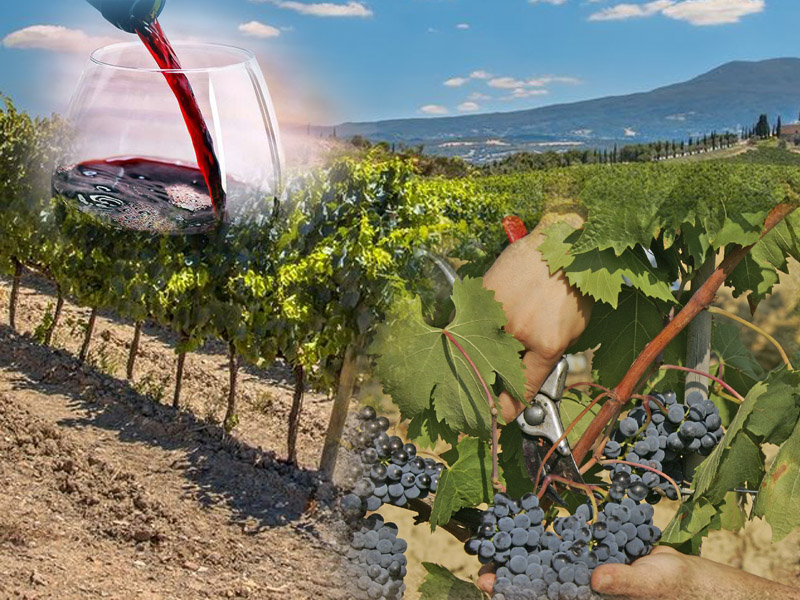The best producers of selected varieties of grapes are constantly improving their varieties for the production of wine at home. Every year the number of those who like to grow wine grapes on their site is growing.
In the article you will find information about what modern grape varieties are, how much a seedling costs and a photo of each of them.
The editorial staff of the site "bestx.htgetrid.com/en/" offers you a rating of quality wine grape varieties for 2020.
Content
Every silver lining
Climate warming has become a serious problem for humanity, only amateur gardeners in our country are happy about it. Over the past thirty years, winters in the middle zone have become so warm that the climatic boundary of growing crops that are not traditional for our conditions has almost approached the Arctic Circle.
This applies primarily to grapes. Growing it for independent wine production has become very popular. But warming is not the only reason for this. The average price of wine products is constantly growing, and the quality of budget wines leaves much to be desired. This forces many to resort to home-made low-alcohol products.
Uncomplicated agricultural technology
Despite the fact that grapes are traditionally a southern culture, they, like a plant, are not very whimsical. The wild forms of this shrub perennial liana can withstand severe frosts and short droughts. Grows on limestone and rocky soils. Thanks to this, grapes are one of the first plants that prehistoric people began to cultivate.
Where is better to plant
Thanks to modern breeding methods, numerous frost-resistant varieties have been bred that can be grown without a covering method. But for the northern regions, it is recommended to cover the vine in the traditional way: with board shields, cut grass or covering material. The type of shelter is not important, the main thing is that it must breathe so that the plant does not rot during thaws.
When choosing a soil for planting, the gardener's capabilities are limited by what is on the site. The list of soil requirements is not varied. Most species bear fruit well not only on organic-rich soils, but also on poor clay and loamy soils. In most cases, wetlands and high groundwater should be avoided.
The main thing is to protect the plants from drafts. In open, heavily blown areas, the brushes become smaller and the yield sharply decreases.
How to care for a vine
Grapes, like any cultivated plant, respond well to regular care. First of all, this is spring pruning after removing the shelter. Mold is often present on the vine. There is no need to rush to fight it with chemicals. Wait until it dries up and disappears by itself.
Most modern species are resistant to fungal diseases. But the main thing is to carry out preventive spraying of the bushes and the ground under them with a 3% solution of copper sulfate before bud break. This is usually enough to keep plants safe from pests.
The list of diseases to which grapes are exposed must be supplemented by attacks on sweet berries by hordes of wasps.After visiting them, only scallops may remain from the brushes. Special traps can help in this case, but will require periodic recharging. To combat wasps, there is an Italian folk remedy: you need to stick a sprig of basil into each bunch. Whether this always copes with the function of a wasp guard is unknown, but in some cases it helps.
The next step is to tie the vine. We will not consider the popularity of trellis models for tying vines, as they are used for large-scale plantings. At a summer cottage, it is enough to use a fence or a simple structure of pipes and wire for these purposes.
Usually daughter, from last year, the branches of the vine are strengthened in an inclined position, and fruit arrows in a horizontal position. When the brushes are ripe, the leaves that block the sunlight should be periodically removed.
When tying vines, you can use popular models of power tools.
Regular weeding and watering rounds off the maintenance list, and is usually enough to get a good harvest of delicious berries.
Rating of the best wine grape varieties for 2020
| Name | Sugar% | Ripening period | Stability ° С | Price for 1 piece R. |
|---|---|---|---|---|
| Floral | 23 | Mid-late | -27 | 300 |
| Northern shoulder | 25 | Middle | -32 | 300 |
| Reform | 25 | Very early | -27 | 280 |
| friendship | 21 | Super-early | -24 | 243 |
| Crystal | 18 | Very early | -29 | 300 |
| Merlot | 22 | Mid-late | -27 | 320 |
| Early purple | 22 | Late | -27 | 240 |
| Grace | 25 | Early | -40 | 346 |
| Platovsky | 20 | Early | -30 | 300 |
| Chardonnay | 23 | Middle | -20 | 390 |
Floral
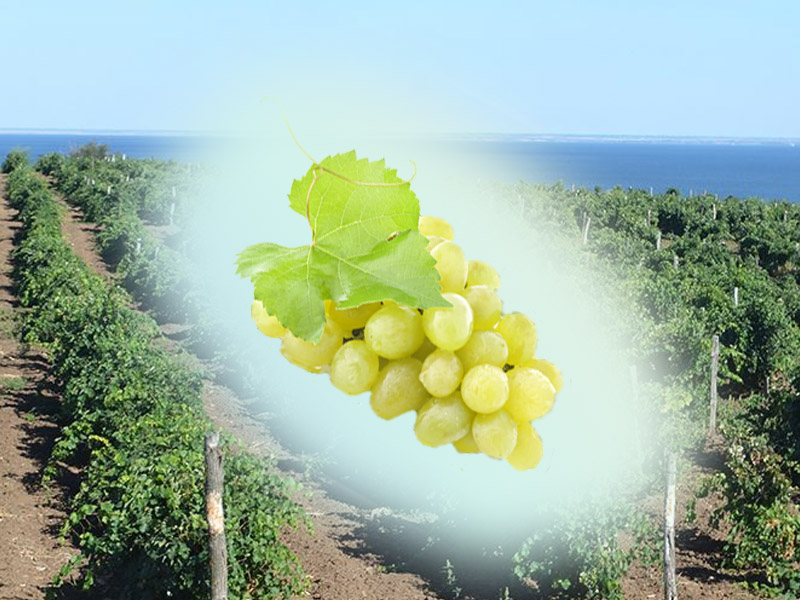
The technical grade is widespread in the CIS. Medium late ripening, within 140 days. The brushes are not large, very dense, weighing 200 grams. Sugar content - 23%, acidity - 10%.
Frost-resistant up to -27 ° С, poorly protected from drought. They are planted in irrigated areas or where there is a high level of groundwater. The best results are obtained on slightly alkaline clay soils or oily loams.
Derived for the middle band. In the Moscow region, it gives good yields, it can be recommended for the Urals. Requires shelter for the winter in traditional ways.
It is resistant to powdery mildew. At high humidity and lower temperatures, it is prone to gray rot and powdery mildew. In this case, fungicide treatment is required four times per season.
The wine type of grapes produces very juicy berries with a noticeable nutmeg flavor.
Advantages:
- grows on clay soils;
- resistant to powdery mildew.
Disadvantages:
- does not like high humidity;
- excessive sensitivity to drought.
Northern shoulder
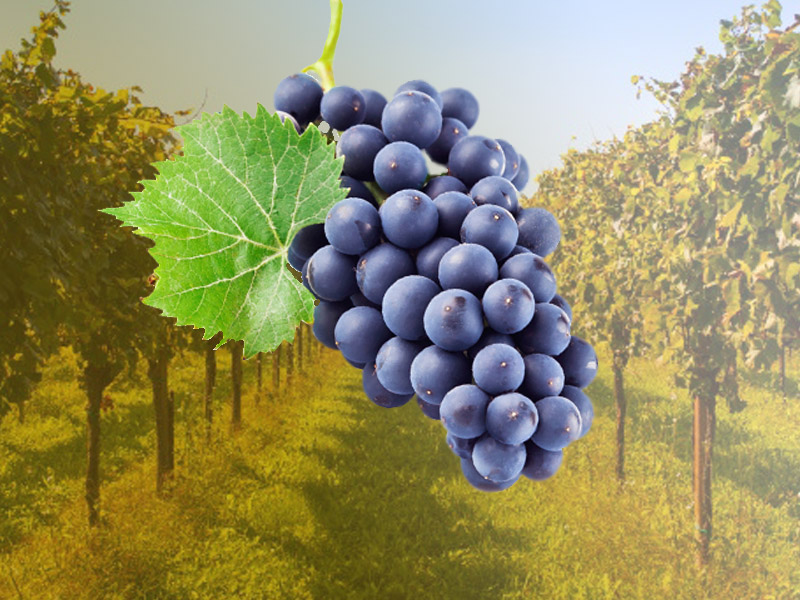
A technical, vigorous wine variety with stable characteristics. Received the name for the characteristic shape of the hand in the form of a body with shoulders. Harvesting for wine is in mid-September. The sugar content reaches 25%. The taste of berries is pleasant without impurities. High juice yield up to 86%, popular in the production of red wine.
Resistant to frost, up to -32 ° C, winters without shelter, the vine fits under the snow. Not picky about care, recommended for beginners. Prefers loose soil, good yields are obtained when grown on sandy loam soils with neutral acidity. Dislikes wetlands. Withstood a long-term test in the Black Earth Region and Belarus.
Disease resistance is average. Most susceptible to powdery mildew, regular application of wood ash reduces the incidence.
Advantages:
- grown without shelter, withstands frost down to -32 ° С;
- not replaceable for making wine must;
- rare pure grape taste.
Disadvantages:
- rapid shedding of berries when ripe;
- lack of disease resistance.
Reform
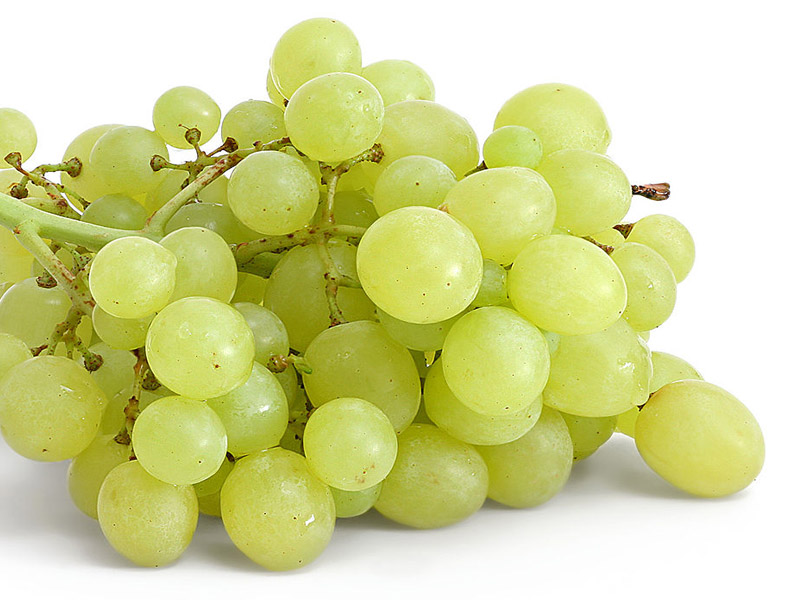
A very early variety of Hungarian selection belongs to the medium-sized. Full maturity occurs at the end of August. Bunches of medium density reach a weight of 250 grams. The white berries are small and sweet. The low acidity makes the taste harmonious, with a slight nutmeg hue.
Optimum characteristics for wine production are achieved when grown on loamy neutral and slightly alkaline soils. Medium resistant to fungal diseases, does not tolerate wet soils.
Frost-resistant type, withstands temperatures down to -27 ° C. For the winter, it is better to use mulching material for shelter, hibernates under the snow.
Advantages:
- very early, technical maturity occurs at the end of August;
- low acidity allows making dessert wines.
Disadvantages:
- medium resistance to mildew.
friendship
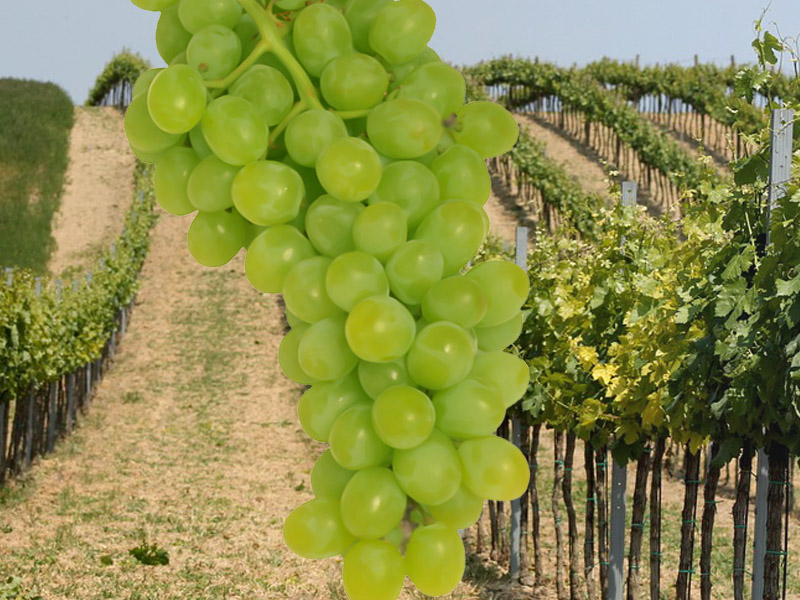
A universal and unpretentious variety of joint breeding with Bulgarian scientists. The very early ripening period allows harvesting already in mid-August. The berries are amber-green in color and have a delicate nutmeg aroma. Sugar content up to 21% and moderate acidity make it indispensable for white wine.
Growing grapes Friendship requires a responsible approach to choosing a planting site. The illumination of the site plays a greater role than the quality of the soil. Does not tolerate waterlogging, in this case drainage of the landing site is required.
Average frost resistance requires shelter of the vine for the winter, especially in the northern regions of the Russian Federation. The main thing is to carry out this work on time. Premature shelter leads to decay of the vine.
Care consists in periodically pruning and feeding the plant. Resistance to fungal diseases makes seasonal work easier. However, it should be sprayed with fungicides before flowering and after picking.
The unpretentiousness of the variety allows us to recommend it for novice winemakers. How to grow, when to plant and what to fertilize can be found in detail on specialized sites on the Internet.
Advantages:
- low requirements for care;
- pronounced nutmeg wort aroma;
- very early ripening period.
Disadvantages:
- medium frost resistance;
- poor keeping quality of berries.
Crystal

A very early variety for making wine at home. It has proven itself when grown not only in the southern regions, but also in the north, where harvesting begins at the end of August. Average sugar content of grapes 18% helps to reduce acidity to 3.5 g / l. This limits the use of this type for dessert wines. Berries are yellow-green in color with juicy honey-tasting pulp.
Caring for him is not demanding, it consists in pruning and timely loosening. Can be grown on sandy soils, but requires the introduction of trace elements, especially magnesium. Does not tolerate open, blown places. Recommended for gardens where large trees protect the planting from the wind.
Resistant to disease. The honey flavor of the berries attracts wasps, so you need to hang traps for them and destroy the nests.
Advantages:
- not damaged by gray mold;
- easy care;
- suitable for making wines such as sherries.
Disadvantages:
- when thickening, the ovary crumbles;
- attracts many wasps.
Merlot
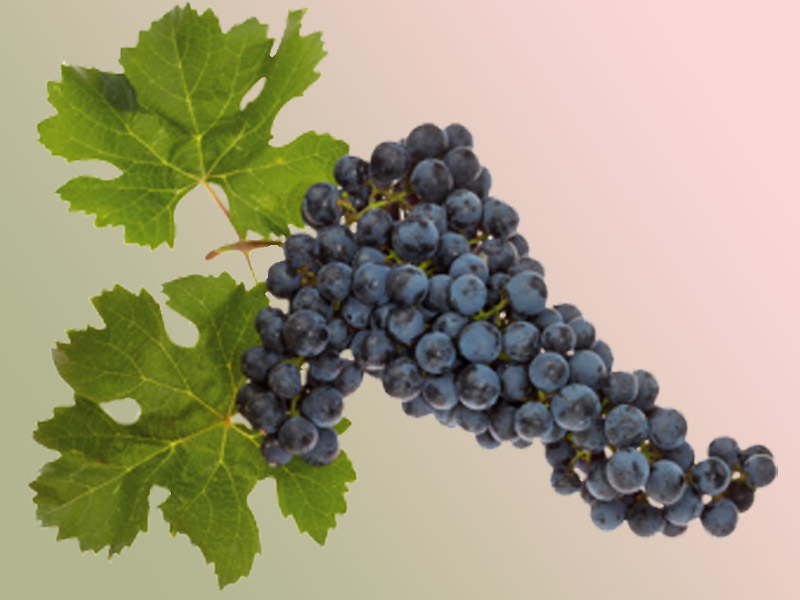
Medium late, predominantly for red wine. The world's second most popular wine material for experienced winemakers. Bunches are small up to 150 grams in weight, berries with a dense waxy skin have a harmonious taste with a nightshade flavor. Harvesting at the end of September. Widely distributed in the south, in the Krasnodar Territory. In terms of frost resistance, it is also well suited for the Moscow region. Withstanding frosts down to -27 ° C, it requires shelter in the northern regions.
The sugar content strongly depends on the season, in warm years it reaches 23%, moderate acidity 5-7 g / l. Wine must has a rich palette of flavors, from cherries and plums to chocolate and coffee. Aged wine with a rich taste contains few tannins.
The best soils for Merlot are clayey, it works well on loams. An alkaline reaction is preferable, then the wine has a brighter taste.
Average resistance to frost and drought and does not tolerate wet soils. High resistance to gray mold, but requires 2-3 treatments per season against powdery mildew. Wasps attacked.
Advantages:
- resistance to frost and drought;
- unpretentious in care.
Disadvantages:
- not tasty when eaten;
- susceptible to the fungal disease oidium.
Early purple
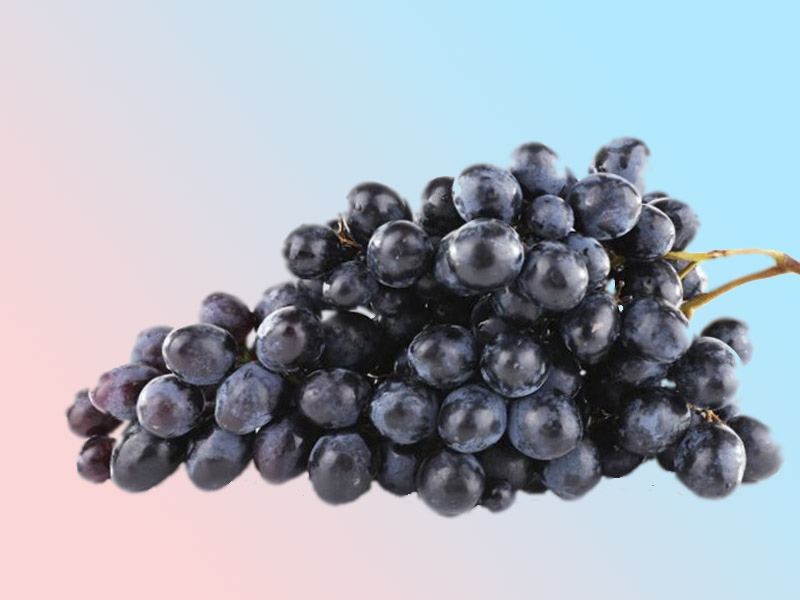
Table wine variety popular in Russia for its high sugar content and nutmeg taste. Good for home and wine production. Harvesting from early September can remain hanging on the vine for a long time.Possesses average frost resistance, can be grown in various climatic conditions. It works best in the southern regions.
The high sugar content of 22% and the low acidity of 4.5 g / l, along with the nutmeg taste, make it indispensable for amateur winemaking. Disease resistance does not exclude three-time treatment with insecticides against grape aphids and grape leafworms.
Advantages:
- can grow on heavy salt marshes;
- pleasant nutmeg tones;
- high resistance to powdery mildew;
- withstands -30 ° C under cover.
Disadvantages:
- requires careful care - pinching, breaking off, pinching.
Grace
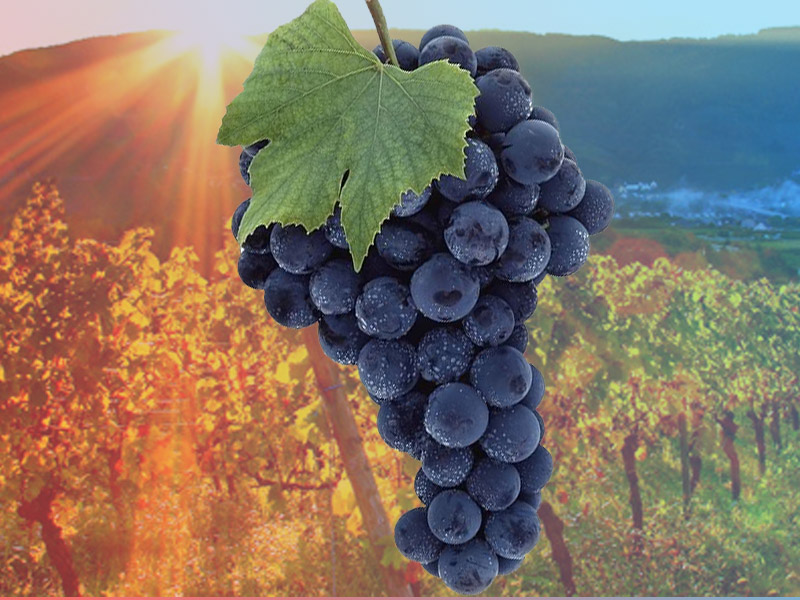
New table-technical variety of early ripening period. Harvesting in the second half of August. Vigorous vine, clusters with large berries reach a weight of 600 grams. Original nutmeg taste with hints of honey and rose.
The high sugar content of 25% and moderate acidity make it popular not only as a wine material, but also as a table variety.
Resistance to fungal diseases reduces the cost of planting maintenance.
Frost resistance does not require sheltering the vine for the winter. Grows well on sandy loam and loamy soils, prefers neutral. Dislikes wetlands.
Advantages:
- hibernates without shelter, withstands -40 ° С;
- high sugar content 25%;
- resistance to fungal diseases.
Disadvantages:
- susceptible to wasps attack due to the honey smell.
Platovsky
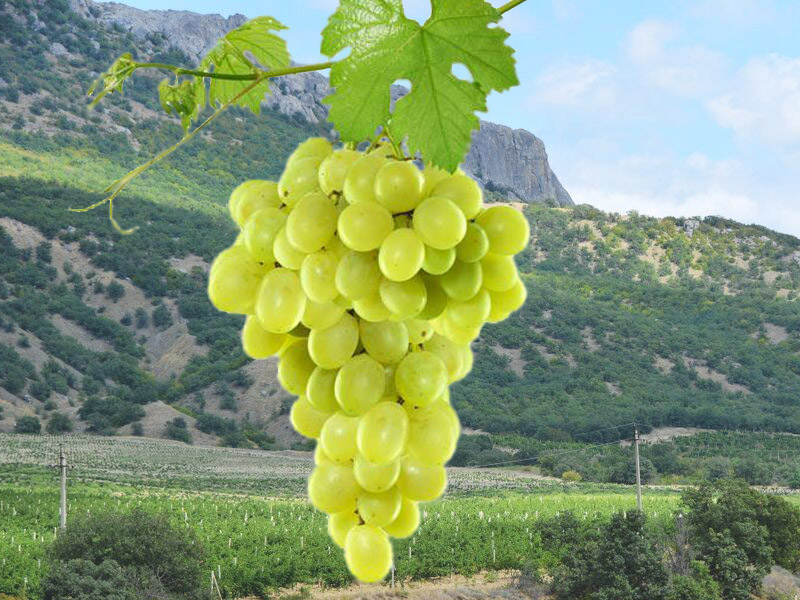
Medium-sized technical grade for very early maturing 110 days. Bunches of medium size weighing up to 200 grams. Small white berries (2-3 grams). Sugar content 20% and acidity 8.9 g / l make its taste harmonious.
Resistance to fungal diseases (mildew, oidium, gray mold) does not require intensive spraying with chemicals. The non-covering variety was bred for the middle lane and can withstand frosts down to -30 ° C. It can be recommended for Siberia. When grown in the northern regions, it is better to cover the vine with the traditional method, let it hibernate under the snow.
The plant requires sandy loam or loamy soil of neutral acidity, in these conditions the optimal sugar content is achieved. When leaving, care must be taken that the bunches are well illuminated by the sun, for which excess leaves are removed.
Advantages:
- minimum requirements for care;
- very early ripening period 110 days;
- high frost resistance -30 ° С.
Disadvantages:
- according to buyers, sometimes there is an extraneous taste of nightshade;
- dense brushes rot.
Chardonnay
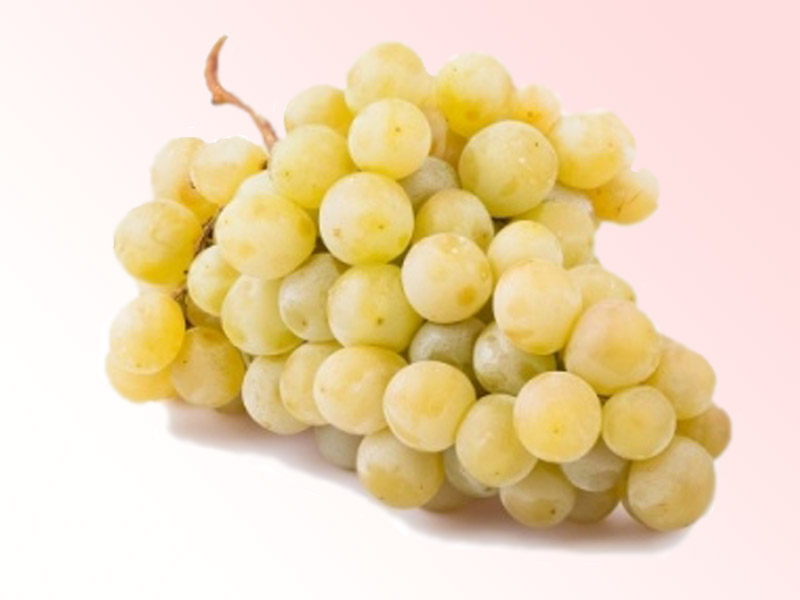
Medium ripening grapes, distributed in all wine regions of the world. The functionality of the variety includes the production of a wide range of wines from monotype dry to high-quality sparkling and blends with other wine materials.
Sugar content of 23% and high acidity up to 11 g / l contribute to cold fermentation. As a result, the wine has a mild nutmeg aroma and fruity notes of apple and citrus. It is characterized by a high alcohol content of up to 13%.
The best results are obtained when growing vines on clayey calcareous soils. Low terrain with wet soils should be avoided.
Average frost resistance -20 ° C requires the plants to be sheltered for the winter. The increased resistance to fungal diseases does not exclude the defeat of mildew and powdery mildew. At the first sign, they are sprayed with a Bordeaux mixture.
Advantages:
- good harvest on poor and stony soils;
- increased alcohol content in wine, up to 13%;
- unpretentious in care.
Disadvantages:
- not resistant to spring frosts;
- low yield.
Conclusion
The article was written for those who like to grow grapes on their own on their site. An overview of the best plant varieties for wine production do it yourself. The description of each species contains the main criteria for choosing planting material for your farm.
Advice is given on how to choose the best and most inexpensive seedlings, which one is better to buy, so as not to make mistakes when choosing.
If you are an experienced gardener and can give recommendations on the price or which company is better to buy grapes for self-production of wine, share it in the comments. Your feedback will help beginners find out what to look for first of all, starting to engage in an exciting and useful business.

